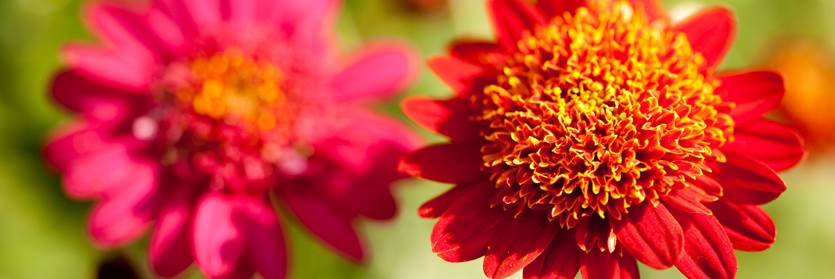Inside The New York Botanical Garden
tomato
Posted in Around the Garden, Photography on August 18 2013, by Matt Newman
Quick, what’s your favorite summer tomato recipe! Leave it in the comments if you’d like; there’s no prize, but it would be nice to see what people are eating this season.
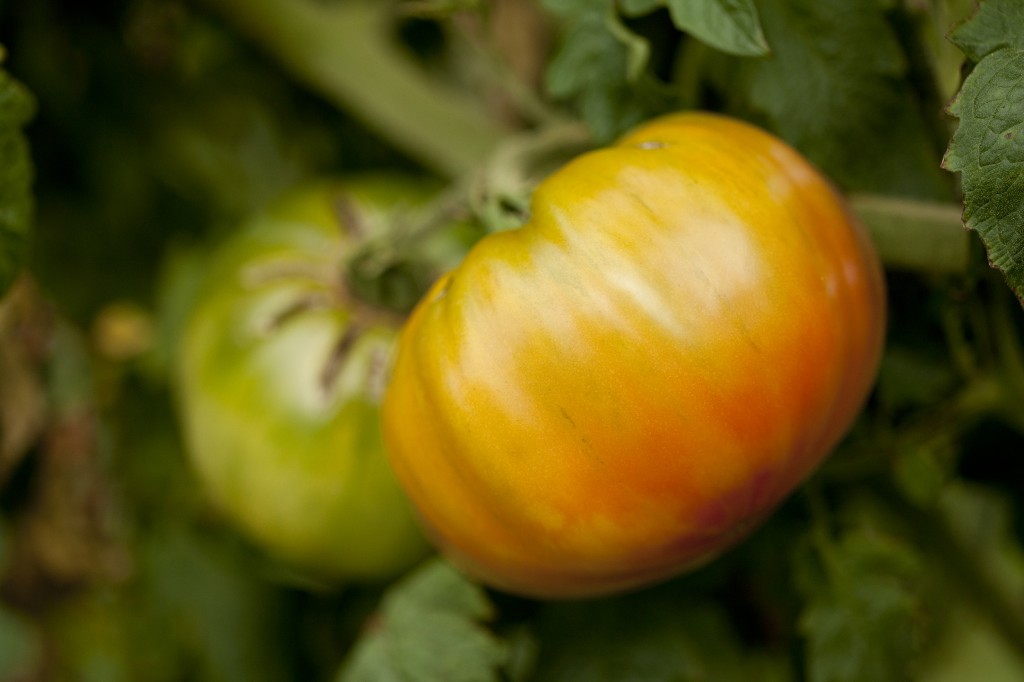
Photo by Ivo M. Vermeulen
Posted in Around the Garden, Mario Batali's Edible Garden on August 6 2012, by Matt Newman
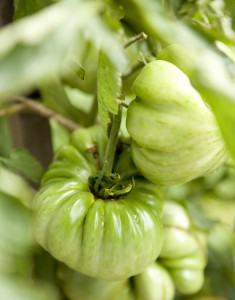 It’s not often I get the Ruth Rea Howell Family Garden to myself, but last week, before the school groups arrived, I snuck a peek at what was happening in Mario Batali’s Kitchen Gardens ahead of the coming Edible Garden Festival. The sun was high and bright, yet the sight of ripening vegetables, familiar varieties tucked in among the somewhat more exotic heirlooms, made it easy to deal with the summer heat.
It’s not often I get the Ruth Rea Howell Family Garden to myself, but last week, before the school groups arrived, I snuck a peek at what was happening in Mario Batali’s Kitchen Gardens ahead of the coming Edible Garden Festival. The sun was high and bright, yet the sight of ripening vegetables, familiar varieties tucked in among the somewhat more exotic heirlooms, made it easy to deal with the summer heat.
I picked my way around the garden plots, noting leafy greens and sweet potatoes, kohlrabi, flowering artichokes, and a few ready globes of garlic. And dangling in friendly groups above them all: new tomatoes, plump and prolific in the sunshine. Some are already settling into that quirky adolescent phase, not yet ripe, blushing with spots of bright reds and oranges on one side while still a shy green on the other. Certain varieties are lumpy and rustic-looking, others smooth and plum-shaped, and all of them have been hand-selected by Mario Batali’s top chefs–some of the finest culinary minds in New York.
Read More
Posted in Gardening Tips on November 30 2010, by Sonia Uyterhoeven
 |
Sonia Uyterhoeven is Gardener for Public Education. |
We have spent the past few weeks talking about cleaning and storing your seeds. I mentioned a few blog entries ago that a simple way to clean and store tomato seeds is to squeeze out the contents of the tomato and soak it in water – washing away any coating that surrounds the seed. You then dry the seeds on a paper towel and store.
Aficionados have a more elaborate method of cleaning tomato seeds that involves fermentation. Tomato seeds are surrounded by a jelly-like coat that contains a germination inhibiting substance. The coat prevents the seeds from germinating too early so that tender seedlings do not emerge in the fall or winter.
Fermentation also protects the seeds against bacterial canker and is a good way of ensuring that your seeds are disease free. Fermentation is not the only way to control seed-borne diseases. Washing seeds in plain water, in salt water, in hot water (around 122°F – boiling water is 212°F – so this is just hot water) for 15 minutes are all methods for controlling seed-borne diseases.
The process for fermenting tomato seeds is simple. Scoop out the seeds and all the pulp and juice into a glass jar. Cover the seeds with water and set the seeds aside storing at room temperature. Check daily and stir the mixture. After 3-4 four days the viable seeds will have sunk to the bottom and the pulp and any poor quality seeds will have floated to the top (they are lighter). Pour off the gunk from the top; strain out the seeds and rinse in a sieve.
Dry on a paper towel and store in a Ziploc bag or plastic container in a cool, dark place. The seeds will stay viable for up to 4 years. Remember not to store your F1 hybrids as they will not come true to seed. Your heirlooms are ideal for storing. Most tomatoes are self-pollinating but you do get cross-pollination from time to time.
If you want to make sure that your tomatoes don’t cross-pollinate you can create a barrier by covering them with a pollination cage – use remay or a fine mesh screen so that bees will not be able to your plant – or you can space different varieties at a good distance from each other. There is a difference in opinion on spacing – some say 10 feet is sufficient – others 25 feet and some say for truly pure seeds you need up to 100 feet. For the homeowner, crossing of heirloom seeds should not be a major issue – leave that concern for the grower.
Posted in Shop/Book Reviews on September 24 2008, by Plant Talk
 John Suskewich is Book Manager for Shop in the Garden.
John Suskewich is Book Manager for Shop in the Garden.
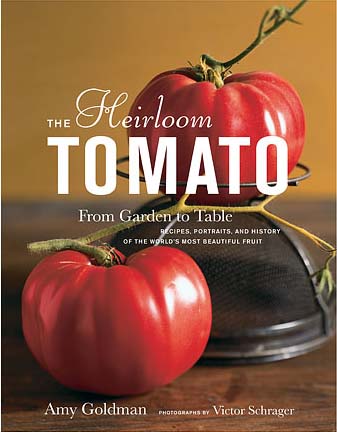 NYBG’s Farmers Market, which rolls in here every Wednesday through summer and fall, is a feast and a fanfare of fresh fruits and veggies. As beautiful as jewelry but full of thiamin and riboflavin, the produce glistens when the tents are first unfurled, and this year the tomatoes—Black Cherry, Sungold, Brandywine, Bicolor—seemed to glimmer like a Tiffany’s window of semiprecious stones.
NYBG’s Farmers Market, which rolls in here every Wednesday through summer and fall, is a feast and a fanfare of fresh fruits and veggies. As beautiful as jewelry but full of thiamin and riboflavin, the produce glistens when the tents are first unfurled, and this year the tomatoes—Black Cherry, Sungold, Brandywine, Bicolor—seemed to glimmer like a Tiffany’s window of semiprecious stones.
Ah the tomato! This, the cynosure of the Solanaceae, is sweetly celebrated in an excellent new publication, The Heirloom Tomato, by our board member and chair of Seed Savers Exchange, Amy Goldman. The book is all about selecting, growing, and eating tomatoes, but the heart of the volume is a 150-page gallery of the fruit, a museum of Lycopersicon, with photographs by Victor Schrager, who turns even homely “Radiator Charlie’s Mortgage Lifter” into a Vermeer. The descriptions by Dr. Goldman include specs for each variety on size, weight, shape, color, and texture, and her interpretative material includes archival research and nuggets of oral history that illuminate our lost rural history as evocatively as a tintype.
The Heirloom Tomato is a book for anyone who loves gardening, plants, food, tomatoes, art and/or language. It is the third volume in the Goldman/Schrager collaboration. They created a template with two works on cucurbits: Melons for the Passionate Grower and The Compleat Squash, and they have now brought it to such a state of perfection I wouldn’t be surprised if they next turned their attention to okra, or maybe kohlrabi.
A selection of images from the book is on display in the Botanical Garden’s Arthur and Janet Ross Gallery in The Heirloom Tomato: An Exhibition of Photographs by Victor Schrager—Portraits of Historic Tomato Varieties from the Gardens of Amy Goldman.
Posted in NYBG in the News on August 12 2008, by Plant Talk
 |
Nick Leshi is Associate Director of Public Relations and Electronic Media. |
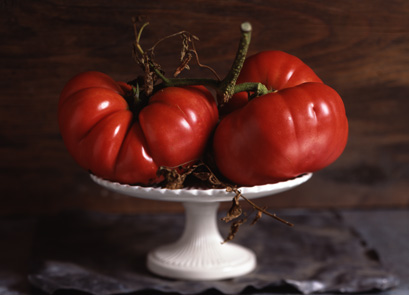 Over 40 years ago, Andy Warhol famously turned a can of tomato soup into a pop culture icon. Now photographer Victor Schrager has turned his camera lens on the tomato itself, elevating it to a high art. The September 2008 issue of Veranda magazine features two articles written by Tom Woodham, gloriously illustrated by Schrager’s stunning images of tomatoes from the gardens of Amy Goldman, a member of The New York Botanical Garden’s Board of Managers.
Over 40 years ago, Andy Warhol famously turned a can of tomato soup into a pop culture icon. Now photographer Victor Schrager has turned his camera lens on the tomato itself, elevating it to a high art. The September 2008 issue of Veranda magazine features two articles written by Tom Woodham, gloriously illustrated by Schrager’s stunning images of tomatoes from the gardens of Amy Goldman, a member of The New York Botanical Garden’s Board of Managers.
The pictures give justification for one of the magazine’s headlines, “Tomatoes: The Most Beautiful Fruit.” If beauty is in the eye of the beholder, I imagine anyone viewing such a variety of shapes and colors would agree that this bountiful produce captured on film is beautiful indeed.
Read the rest after the jump
Read More
